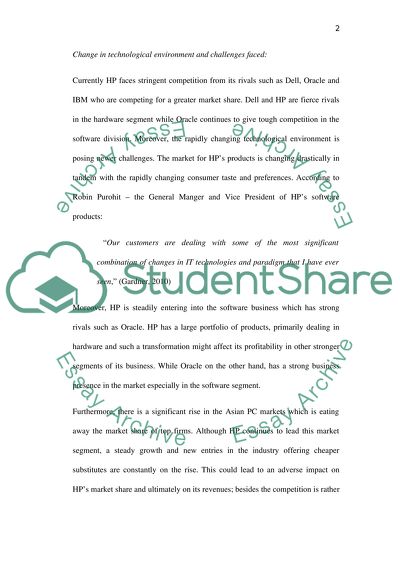Cite this document
(“International economical and political environment Essay”, n.d.)
International economical and political environment Essay. Retrieved from https://studentshare.org/miscellaneous/1572547-international-economical-and-political-environment
International economical and political environment Essay. Retrieved from https://studentshare.org/miscellaneous/1572547-international-economical-and-political-environment
(International Economical and Political Environment Essay)
International Economical and Political Environment Essay. https://studentshare.org/miscellaneous/1572547-international-economical-and-political-environment.
International Economical and Political Environment Essay. https://studentshare.org/miscellaneous/1572547-international-economical-and-political-environment.
“International Economical and Political Environment Essay”, n.d. https://studentshare.org/miscellaneous/1572547-international-economical-and-political-environment.


